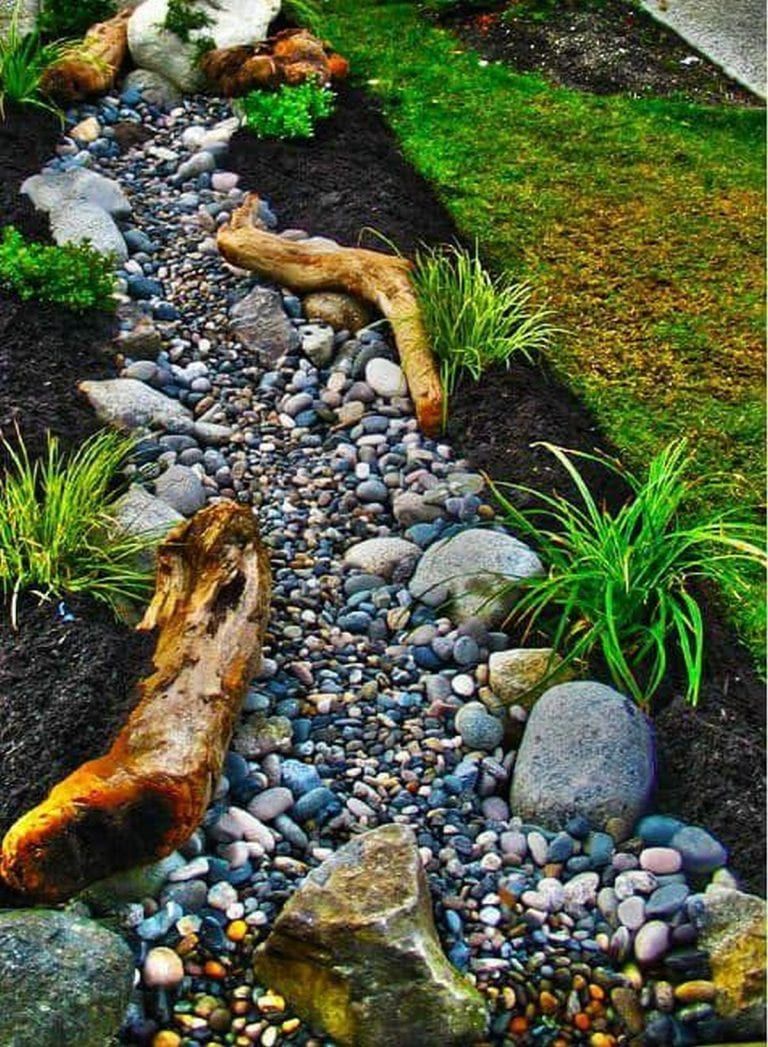If you have water accumulating in your yard from heavy rain or melting snow, it's important to take action. Standing water can lead to puddles and large areas of mud, which can be a pain to clean up. Moreover, when the water cannot be drained from the yard it may end up flowing towards the house causing flooding and water damage. To protect the foundation of the home from water damage and to avert flooding, installing a French drain can help in redirecting the flowing water away from the home. A French drain draws water from the saturated ground, it also helps remove standing water from the yard. Installing a French drain can help your kids and pets enjoy your lawns without worrying about water puddles.
What Is a French Drain?
A French Drain is a trench-like drainage system that connects the upper and lower portions of your lawn. These systems help to clean and drain the soil in your yard, as well as direct rainwater, snow melt, and other drainage away from your home.
It is a pipe that is laid down in the ground for draining the pooled water, away from the building itself. This drainage of collected water helps reduce the risk of water damage. The French drain not only drains out the pooling water but also particles of subsoil and other loose sediment creating an issue for the property are also washed away along with water.
How does a French Drain Work?
A French drain is a drainage system that consists of a gravel-filled trench with a perforated pipe at the bottom. The purpose of a French drain is to divert water away from an area to prevent flooding.
Water travels through the pipe freely, emptying a safe distance from the house. The trench bottom should be sloped at a rate of 1 inch per 8 feet in the direction you want water to flow. Depending on the location and layout of the property, the collected water on the property can be diverted to a low-lying area, a drainage ditch, a dry well, or to the street.
Benefits of a French Drain
- French drains are an effective way to prevent flooding and reduce the risk of long-term water damage to your property.
- They have a life of 30 and 40 years, making them a great long-term investment.
- They’re inexpensive and cost-effective.
- French drains can serve both functional and aesthetic purposes in your landscape. They are usually covered with small rocks, plants, and sometimes even decorative grates, which can add a touch of beauty to your yard.
Getting a French drain installed
If you are having issues with water pooling on your property then it could be highly beneficial to install a French Drain. French drains are a cheap and very cost-effective way of restricting water damage to the property.
French Drain Installation
-
Call a Specialist
The first step in determining if your property needs a French drain or not is by getting the property and the water problem inspected by a professional surveyor. The specialist will determine if you need to get a French drain installed and what type of system is best for your property.
-
Location
Before you start installing a French drain you need to choose the right location for the installation The French drain should be installed at a location that would be considered a low point on the property. Water naturally flows down, hence the drain should be located at a low point to ensure the pooled water is drained out safely.
-
Trench depth
The depth of the trench for the French drain must be greater than the depth of the foundations on your property. If your foundations are located higher than the overall depth of the French drain, then the installation will not be effective and will not work as intended.
-
Distance from property
When installing a French drain, take into account the distance from the property. In most cases, the drain should be located at least a meter away from the building to avoid compromising its structural integrity, especially with older properties.
-
End of drain
You will also have to think about where your French drain is going to end. It is important to ensure that the drain will empty into a safe and contained area to avoid any further problems with excess water. A well-designed soakaway, existing gutters leading to established drains, loose stone, or even a well can all provide safe drainage.


No comments yet